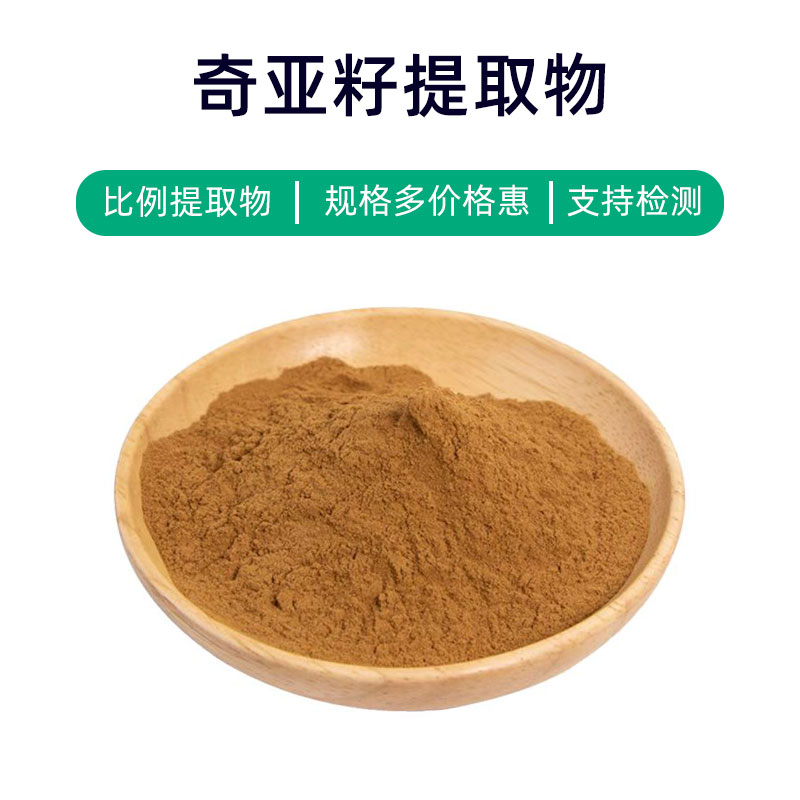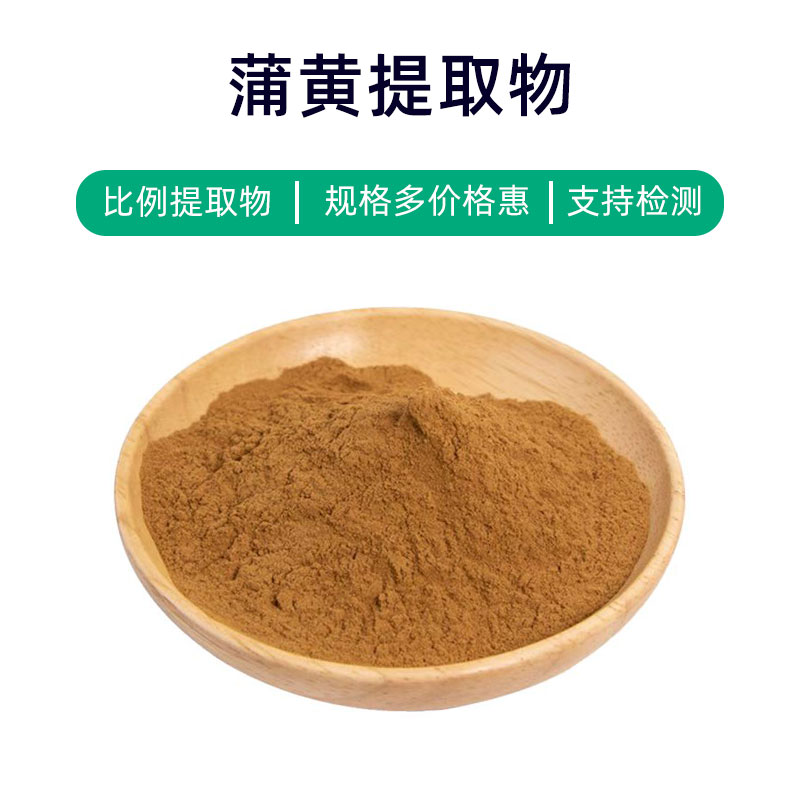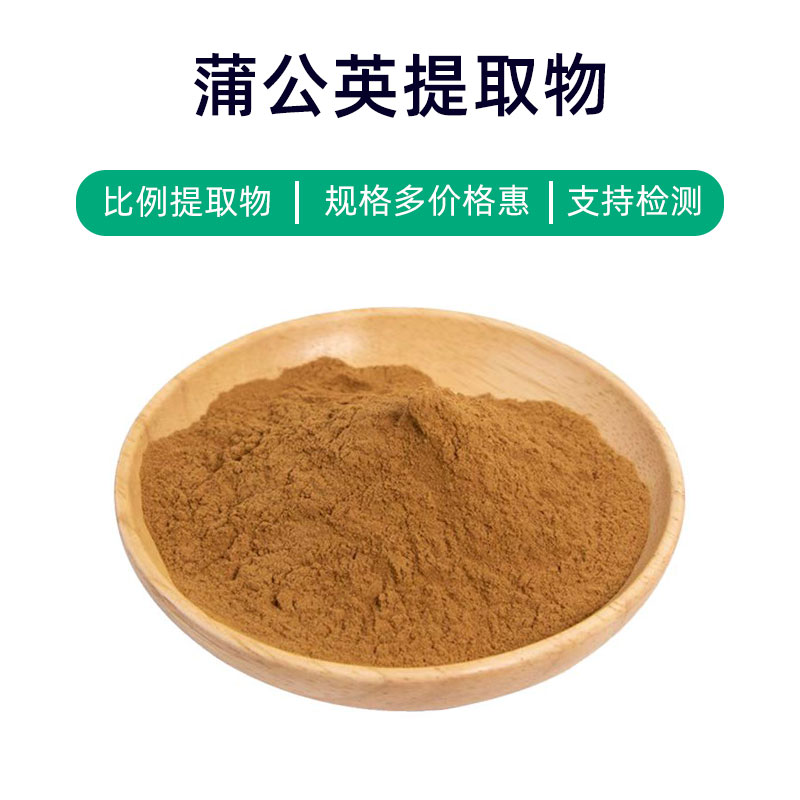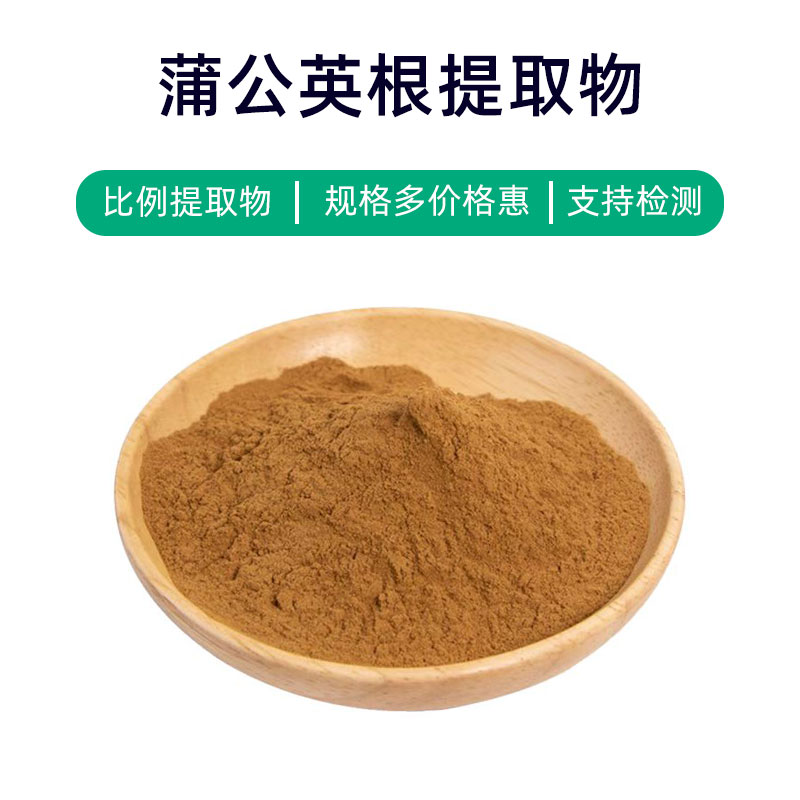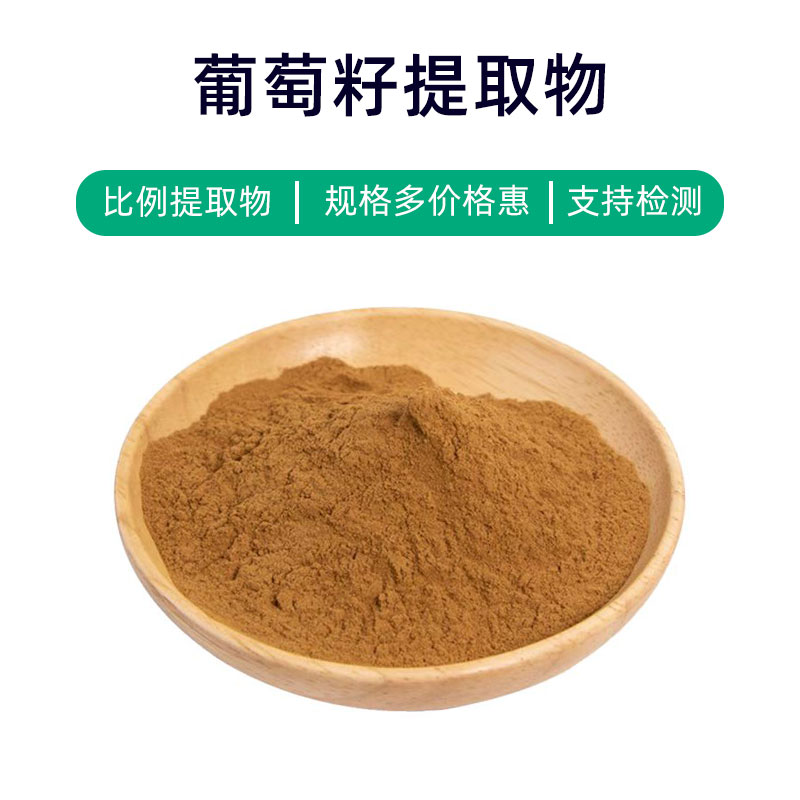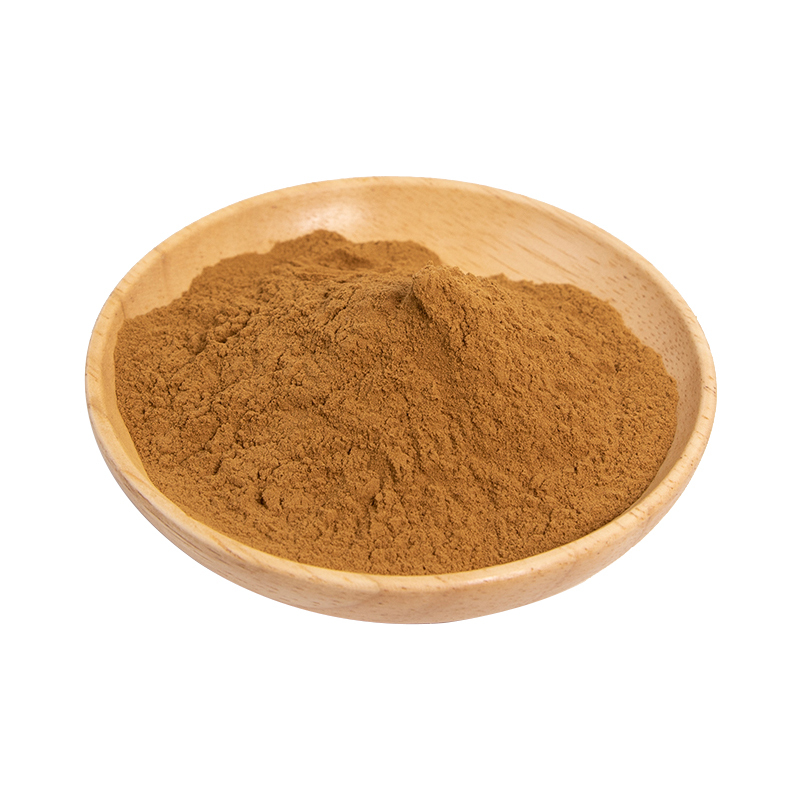Olive Leaf Extract Product Introduction
Olive leaf extract is a natural plant extract derived from the leaves of the olive tree, rich in various bioactive components. Its main ingredients include phenolic compounds, oleuropein, phenolic acids, and flavonoids, which provide a range of health benefits.
Olive leaf extract is extensively utilized in health supplements, pharmaceuticals, and cosmetics. In dietary supplements, it is often used as a natural antioxidant that helps eliminate free radicals, boost the immune system, and promote overall health. Its anti-inflammatory properties are also widely recognized for alleviating discomfort caused by inflammation.
In medicine, olive leaf extract is studied for its potential in treating various diseases. It exhibits antibacterial, antiviral, and antifungal effects, assisting in the prevention and treatment of certain infectious diseases. Moreover, it has been found to benefit cardiovascular health by lowering blood pressure and improving blood circulation.
In cosmetics, olive leaf extract is frequently incorporated into skincare products for its antioxidant and anti-inflammatory benefits, protecting the skin from environmental pollutants and UV damage, while promoting skin regeneration and repair, thus maintaining skin health and youthfulness.
In summary, olive leaf extract, as a natural plant extract, offers multiple benefits and application values, making it widely used in health supplements, pharmaceuticals, and cosmetics, providing effective support for health and beauty.
Olive Leaf Extract Production Process
The production process of olive leaf extract typically includes the following steps:
- Raw Material Collection and Preparation: Select fresh olive tree leaves as raw materials. After harvesting, the leaves should be initially washed and processed to remove impurities and surface dirt.
- Extraction Method Selection: Generally, water extraction or solvent extraction methods are employed. Water extraction is a common method, using water as a solvent to extract active components from the olive leaves. Solvent extraction utilizes organic solvents like ethanol or ethyl acetate to extract more components.
- Extraction Process: Cleaned olive leaves are crushed or chopped to enhance extraction efficiency. The leaves are then mixed with an appropriate amount of water or solvent and subjected to heating and stirring to promote the dissolution and release of active components.
- Filtration and Concentration: The extract is filtered to remove suspended solids and impurities, resulting in a clear solution. The extract is then concentrated to reduce volume and increase component concentration.
- Solvent Recovery: For solvent-extracted liquid, distillation or other methods are used to recover organic solvents, reducing costs and environmental pollution.
- Drying and Pulverizing: The concentrated extract is dried to remove residual moisture, yielding a solid extract. The dried extract is then pulverized to produce a uniform powder or granule product.
- Quality Control: The extract undergoes quality testing, including analyses of active ingredient content, microorganisms, heavy metals, and other indicators to ensure compliance with relevant standards and regulations.
- Packaging and Storage: The extract is packaged, commonly in plastic bags, aluminum foil bags, or sealed bottles. It should be stored in a cool, dry, and dark environment to prevent moisture and light from affecting product quality, maintaining its stability and the effectiveness of active ingredients.
These are the standard production processes for olive leaf extract, and each step requires strict control to ensure product quality and safety.
Olive Leaf Extract Benefits and Side Effects
Olive leaf extract is a natural medicinal component derived from the leaves of the olive tree (scientific name: Olea europaea). It contains a wealth of bioactive compounds, with the most important being oleuropein and hydroxytyrosol. Olive leaf extract is gaining attention for its various biological activities, which include:
- Antioxidant Properties: Olive leaf extract is rich in polyphenolic compounds, providing significant antioxidant effects, eliminating free radicals, and protecting cells from oxidative damage, thereby slowing down the aging process.
- Blood Pressure Reduction: Studies suggest that oleuropein in olive leaf extract can dilate blood vessels and reduce vascular resistance, thus lowering blood pressure, which is beneficial for preventing and treating hypertension.
- Blood Sugar Regulation: Components in olive leaf extract promote insulin secretion and enhance cellular glucose utilization, aiding in blood sugar regulation, and providing auxiliary treatment for diabetic patients.
- Anti-inflammatory Effects: Olive leaf extract contains rich polyphenolic compounds that exhibit notable anti-inflammatory properties, inhibiting the release of inflammatory mediators and alleviating inflammatory responses, helping to manage inflammatory diseases.
- Antimicrobial Action: Compounds such as oleuropein and hydroxytyrosol in olive leaf extract possess strong antimicrobial properties, inhibiting and killing various bacteria, fungi, and viruses, aiding in the prevention and treatment of infectious diseases.
- Immune System Support: Olive leaf extract can enhance immune cell activity, boosting the immune function and increasing resistance to infections and diseases.
As a natural medicinal component, olive leaf extract generally has good safety and tolerability, but attention should be given to the following:
- Excessive Use May Cause Digestive Discomfort: Long-term use of large amounts of olive leaf extract may lead to digestive issues such as nausea or diarrhea.
- Drug Interactions: Olive leaf extract may interact with certain medications, affecting their absorption, metabolism, and elimination. Therefore, it is advisable to avoid concurrent use with other drugs.
- Allergic Reactions: Some individuals may be allergic to certain components in olive leaf extract, leading to allergic reactions such as rashes or itching, necessitating immediate cessation of use and medical attention.
Overall, olive leaf extract possesses multiple benefits and effects and is relatively safe, but caution is advised before use, following medical advice and product instructions to avoid unnecessary side effects and risks.
Olive Leaf Extract Usage Scenarios and Dosage
Olive leaf extract has broad applications in medicine, food, and cosmetics, providing rich uses due to its various bioactive components. Here are the application scenarios and recommended dosages in different fields:
- Medical Applications:
- Cardiovascular Health: Olive leaf extract is commonly found in cardiovascular health products for lowering blood pressure and cholesterol, preventing cardiovascular diseases. It is generally recommended to take 100-500 mg of olive leaf extract daily, divided into 2-3 doses.
- Diabetes Management: Olive leaf extract is also used as a supplementary treatment for diabetes, typically recommending a daily dosage of 500-1000 mg of olive leaf extract, divided into 2-3 doses.
- Immune Modulation: The polyphenolic components in olive leaf extract have immune-regulating effects, which can enhance immunity. Common dosages range from 500-1000 mg daily, taken in 2 doses.
- Food Applications:
- Dietary Supplements: Olive leaf extract can be used to produce dietary supplements such as capsules, tablets, or liquid oral forms, serving as a daily health supplement. Common dosages are 500-1000 mg daily, taken as per product instructions.
- Functional Foods: Olive leaf extract can also be added to functional foods like teas, juices, and cookies to enhance the nutritional value and functionality of products. The amount to be added should be adjusted according to product formulations.
- Cosmetics Applications:
- Skincare Products: Olive leaf extract provides antioxidant, anti-inflammatory, and moisturizing benefits, making it suitable for skincare products like creams, serums, and masks. It is generally recommended to use as per product instructions.
- Cleansing Products: Olive leaf extract can also be included in facial cleansers, shampoos, and other products to cleanse and protect skin and hair while providing additional moisturizing and care.
The usage and dosage of olive leaf extract will vary based on specific product formulations and instructions. It is recommended to read product labels and instructions carefully and follow manufacturer guidelines. Additionally, individual differences and specific circumstances may affect dosages, so consulting a healthcare provider or professional before use is advisable.
Olive Leaf Source Plant Description, Distribution, and Growing Environment
The olive tree (scientific name: Olea europaea) is an evergreen plant, with its leaves widely used to extract olive leaf extract, which offers various medicinal and health benefits. Here is an overview of the source plant, its distribution, and growing environment:
Plant Description:
The olive tree is an ancient fruit tree belonging to the Oleaceae family. Olive trees are generally large, with sturdy trunks and grayish-white bark. The leaves are long and oval-shaped, leathery and thick, typically glossy and dark green. Olive trees are also cultivated extensively for their fruit, which is an important edible fruit and a primary source of olive oil.
Distribution:
The olive tree is native to the Mediterranean region, primarily found in Europe, North Africa, and Western Asia. In countries along the Mediterranean coast, such as Greece, Italy, Spain, Turkey, and Morocco, olive trees have a long history of cultivation, making them an important economic crop in these areas. Furthermore, olive trees have been introduced to other regions for cultivation, including Australia, the United States, and China.
Growing Environment:
Olive trees are highly adaptable, thriving in warm, dry, and sunny climates with non-strict soil requirements. They are drought-resistant and salt-tolerant, typically growing on lower mountain slopes, along coastlines, and in plains. The optimal growing temperature for olive trees is between 15°C to 25°C, with warm winters and dry summers being the ideal growth conditions.
In regions where olive trees are cultivated, people often organize olive trees into groves to harvest olives and leaves for raw materials. The production of olive leaf extract usually involves harvesting, drying, and extracting processes to obtain the effective components.
Olive Leaf Extract Processing and Storage
The processing of olive leaf extract typically involves the following steps: First, fresh olive leaves are harvested, cleaned, and sorted to remove impurities. Next, the leaves are dried in the sun or using a dehydrator to remove moisture. Subsequently, an appropriate extraction method (such as water extraction or alcohol extraction) is employed to extract the active components from the olive leaves. Finally, through concentration, filtration, and drying processes, the finished olive leaf extract is obtained.
Regarding storage, olive leaf extract should be kept in a cool, dry environment, avoiding direct sunlight and high temperatures. It’s generally recommended to use sealed containers to prevent moisture and oxygen ingress, thereby maintaining its stability and the effectiveness of active components. Additionally, it should be kept away from toxic substances, and the product’s quality and storage conditions should be regularly checked to ensure its safety and integrity.
Monica Sun is a seasoned expert in the plant extraction industry with over a decade of experience in research and production. She specializes in the extraction and purification of plant active ingredients, focusing on driving innovation in natural product applications. Monica has participated in the development of multiple functional plant extracts, delivering high-value natural raw material solutions for the health food, pharmaceutical, and dietary supplement sectors.









